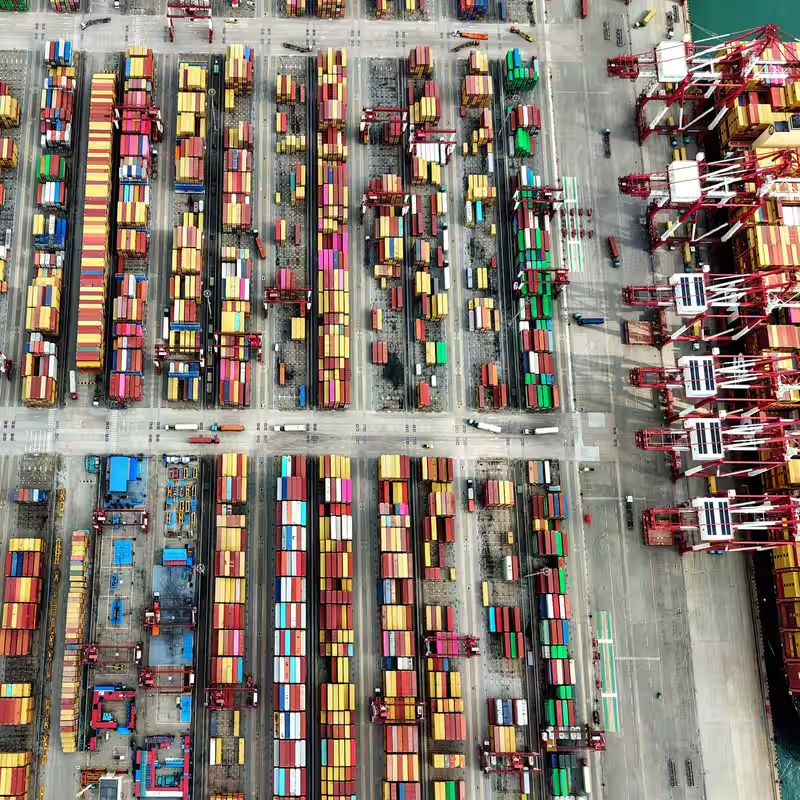The fragile calm between the world’s two largest economies has shattered. After China imposed new export controls on rare earth metals—critical components for everything from smartphones to electric vehicles—former President Donald Trump responded with a bombshell: 100% tariffs on all Chinese imports starting November 1, 2025.
What was once a tentative thaw has rapidly escalated into a high-stakes economic showdown, with both Washington and Beijing accusing the other of bad faith—and each convinced they hold the upper hand.
Table of Contents
- China’s Rare Earth Power Play
- Trump’s 100% Tariff Ultimatum
- Why Rare Earths Are the New Oil
- Global Economic Ripple Effects
- Who Really Has the Advantage?
- Sources
China’s Rare Earth Power Play
Earlier this week, Beijing announced sweeping new restrictions on the export of rare earth elements and products derived from them. While framed as a national security measure, analysts widely interpreted the move as a strategic counterpunch to U.S. tech sanctions that have limited Chinese access to advanced semiconductors and AI hardware.
“China controls over 60% of global rare earth mining and nearly 90% of refining capacity,” said Dr. Lena Park, a trade policy expert at Georgetown University. “This isn’t just leverage—it’s a chokehold on modern manufacturing.”
Trump’s 100% Tariff Ultimatum
Calling the Chinese move a “betrayal,” Trump—now a leading 2028 presidential candidate—vowed swift retaliation. In a late-night social media post, he declared: “If China wants to play dirty, we’ll play smarter—and harder.”
The proposed 100% tariffs would apply to all goods imported from China, far exceeding the 25% duties imposed during his first term. While the current Biden administration has not endorsed the plan, Trump’s announcement sent shockwaves through global markets.
Why Rare Earths Are the New Oil
Rare earth elements like neodymium, dysprosium, and praseodymium are essential for:
- Electric vehicle motors
- Wind turbine generators
- Smartphones and laptops
- Military guidance systems and radar tech
Without stable access, U.S. manufacturers face production delays, cost spikes, and supply chain chaos.
Global Economic Ripple Effects
The renewed U.S.-China trade tension could destabilize global markets already strained by inflation and geopolitical uncertainty.
| Sector | Potential Impact |
|---|---|
| Consumer Electronics | Price hikes of 15–30% on devices like iPhones and laptops |
| EV Industry | Delays in battery and motor production; Tesla, Ford at risk |
| Renewable Energy | Wind farm projects stalled due to magnet shortages |
| U.S. Retail | Holiday supply chains disrupted; Walmart, Target warn of shortages |
Who Really Has the Advantage?
Chinese state media and influencers like Hu Xijin, former editor of Global Times, argue the U.S. provoked the crisis. “What is Trump feeling wronged about?” Hu wrote on Weibo. “He should first understand what the U.S. has done to China!”
Meanwhile, U.S. hawks insist America can diversify supply chains—pointing to new mining projects in Australia, Canada, and Texas. But experts caution that building refining capacity takes years, not months.
“This isn’t just a trade war—it’s a race for technological sovereignty,” said Park. “And right now, both sides are digging in.”




